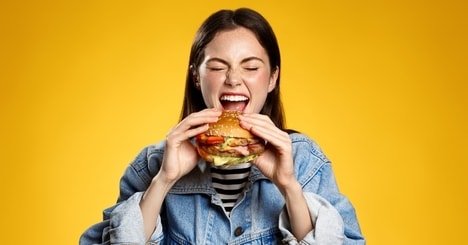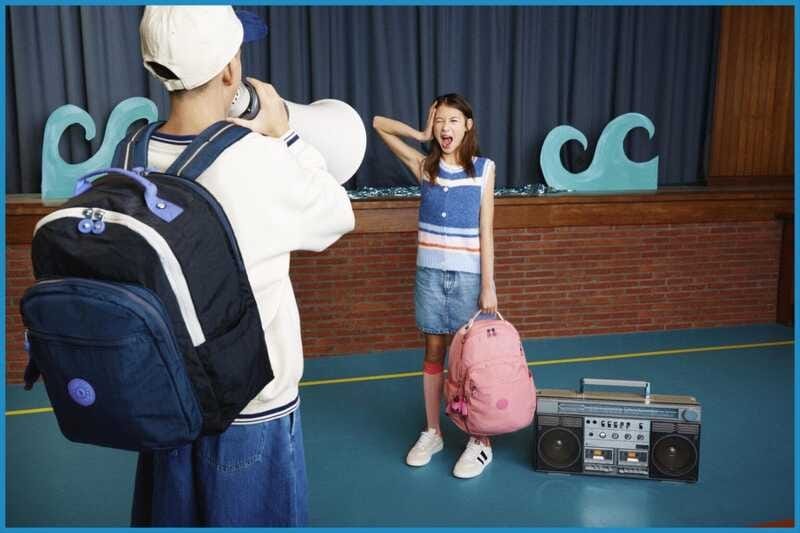
Brands are now leveraging this technology to create deeply immersive culinary experiences. For instance, AI can analyze consumer preferences to craft hyper-customized menus, or suggest ideal scent combinations to pair with specific dishes. Companies like Project Nourished have experimented with VR dining environments, while brands such as Coca-Cola and Heineken are exploring sensory-augmented packaging and flavor profiles generated by machine learning.
From a marketing perspective, AI-powered multisensory design is proving to be a powerful tool for emotional engagement. Brands can build campaigns that synchronize visual storytelling with evocative scents, haptic feedback, or even flavor-infused content. The goal is not only to sell a product—but to create a memorable, immersive encounter with the brand itself.
As AI becomes more integrated into creative and sensory development, it presents marketers and innovators with a unique opportunity: to engineer experiences that resonate on a deeper, more human level.
Want to explore the future of AI and sensory innovation firsthand? Join us at the Trend Hunter’s corporate innovation summit, Future Festival World Summit, where you’ll uncover the trends shaping tomorrow’s most immersive consumer experiences.
Image Credit: Shuttestock



